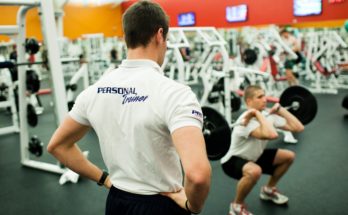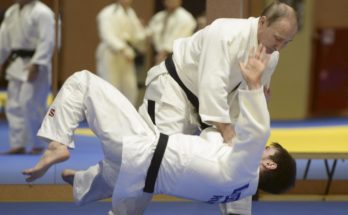Aerobic training strengthens the heart and lungs and improves muscle function. One goal of aerobic training is to enhance sports performance and to improve training response. The following is information from the American Academy of Pediatrics (AAP) about aerobic training exercises.
What are aerobic training exercises?
Aerobic training exercises are any activities that raise heart rate and make breathing somewhat harder. The activity you are doing must be constant and continuous. Examples of aerobic activities are
- Walking or hiking
- Jogging or running
- Biking
- Swimming
- Rowing
- In-line skating
- Cross-country skiing
- Exercising on a stair-climber or elliptical machine
Other activities, when done in a constant and continuous way, can be aerobic, such as tennis, racquetball, squash, and the martial arts. Weight training, however, is not aerobic because it is done in short bursts of a few minutes at a time.
How does aerobic training improve endurance?
Aerobic training increases the rate at which oxygen inhaled is passed on from the lungs and heart to the bloodstream to be used by the muscles. Aerobically fit athletes can exercise longer and harder before feeling tired. During exercise they have a slower heart rate, slower breathing rate, less muscle fatigue, and more energy. After exercise, recovery happens more quickly. Aerobic fitness can be measured in a laboratory setting while exercising on a treadmill or bicycle. This is called maximal oxygen uptake or VO2 max.
How often and how long should athletes train?
To achieve a training response, athletes should exercise 3 to 5 times per week for at least 20 to 60 minutes. Fitness level can be improved with as little as 10 minutes of exercise if done 2 to 3 times per day. If the goal is also to lose body fat, athletes should exercise for at least 30 to 60 minutes. Athletes who are not fit will need to start with lesser amounts of exercise. They can slowly add more time as their endurance improves. Increasing the level of exercise at about 10% per week is a good goal to prevent overuse injury.
Cross-training can help reduce the risk of overuse injuries. This is done by alternating different kinds of activities. To avoid putting too much stress on the body and help prevent injuries, it is wise to alternate high-impact activities, like running, with low-impact exercises, like walking, cycling, and swimming.
How hard should athletes train?
Training at low to moderate intensity levels is enough to improve endurance. In general, this level of intensity is more enjoyable and less likely to lead to injuries than high-intensity training.
However, aerobic training programs should be designed to match each athlete’s fitness level. There are 3 ways to measure aerobic training intensity.
1. The “talk test.” During a workout, athletes should be able to say a few words comfortably, catch their breath, and resume talking. If it is difficult to say a few words, then athletes should probably slow down. If athletes can talk easily without getting out of breath, then they are probably not training hard enough.
2. Heart rate. Aerobic training occurs when heart rate during exercise is between 60% to 90% of maximal heart rate. Athletes can figure out their maximal heart rate by subtracting their age from 220.




